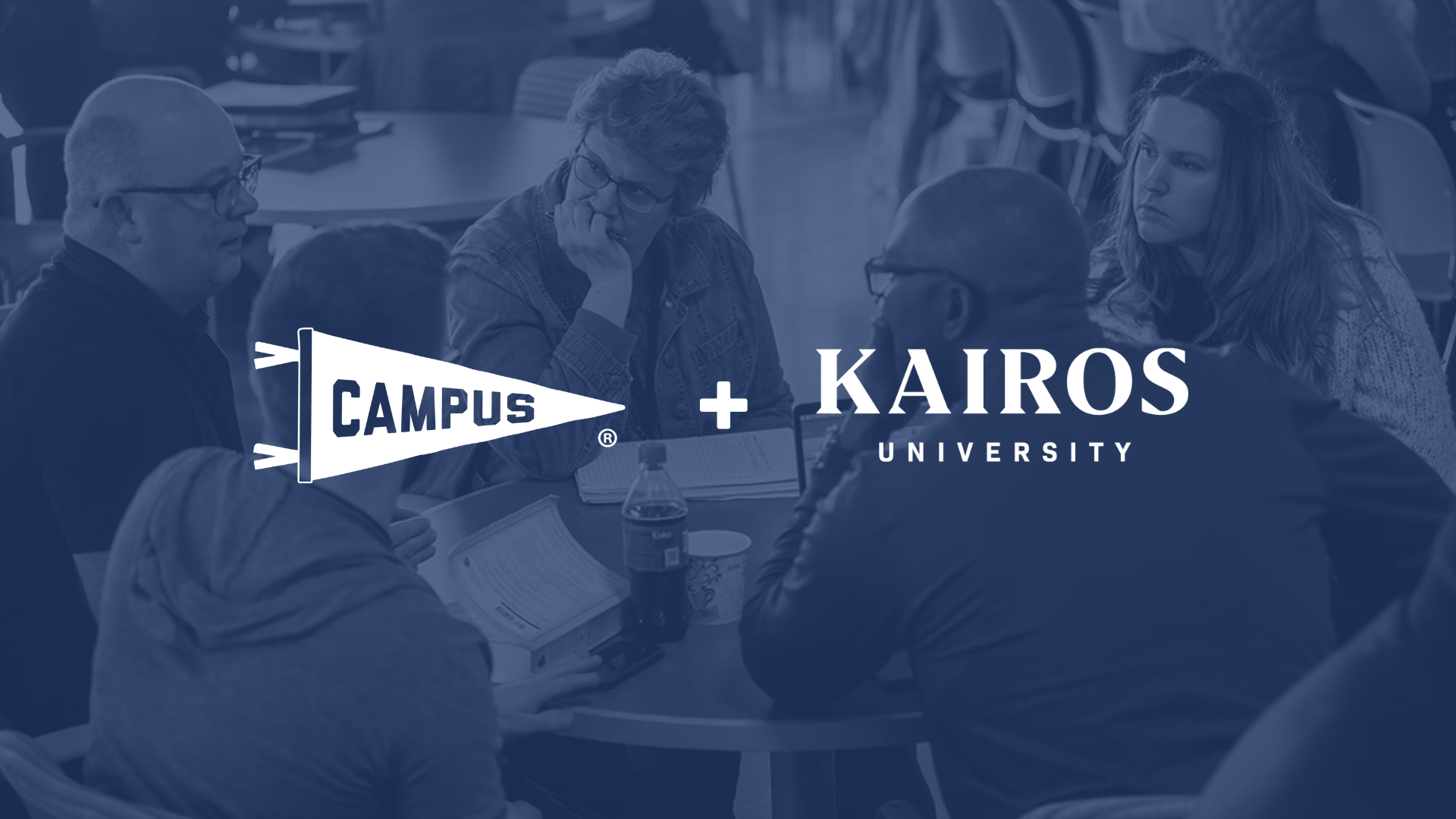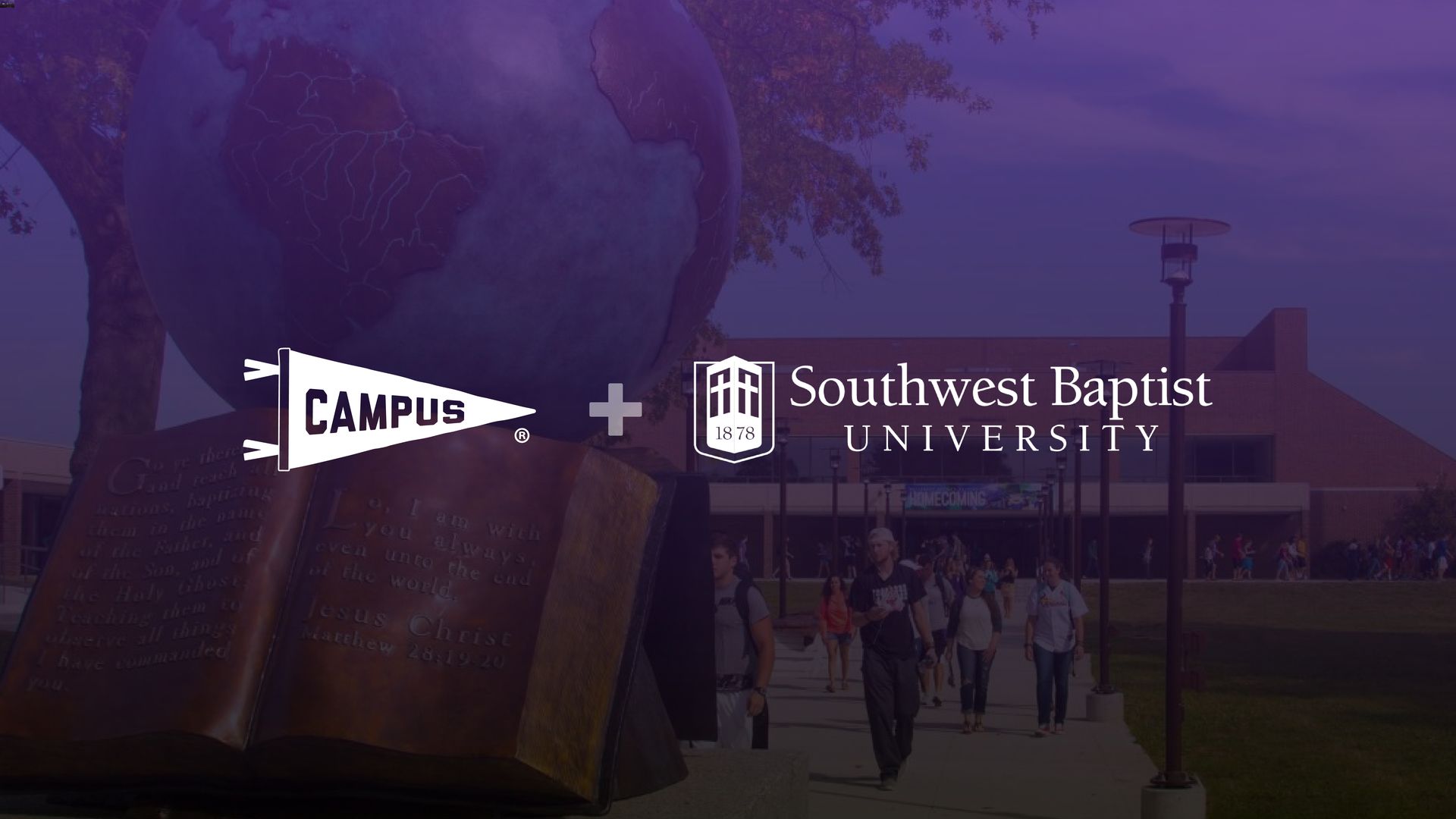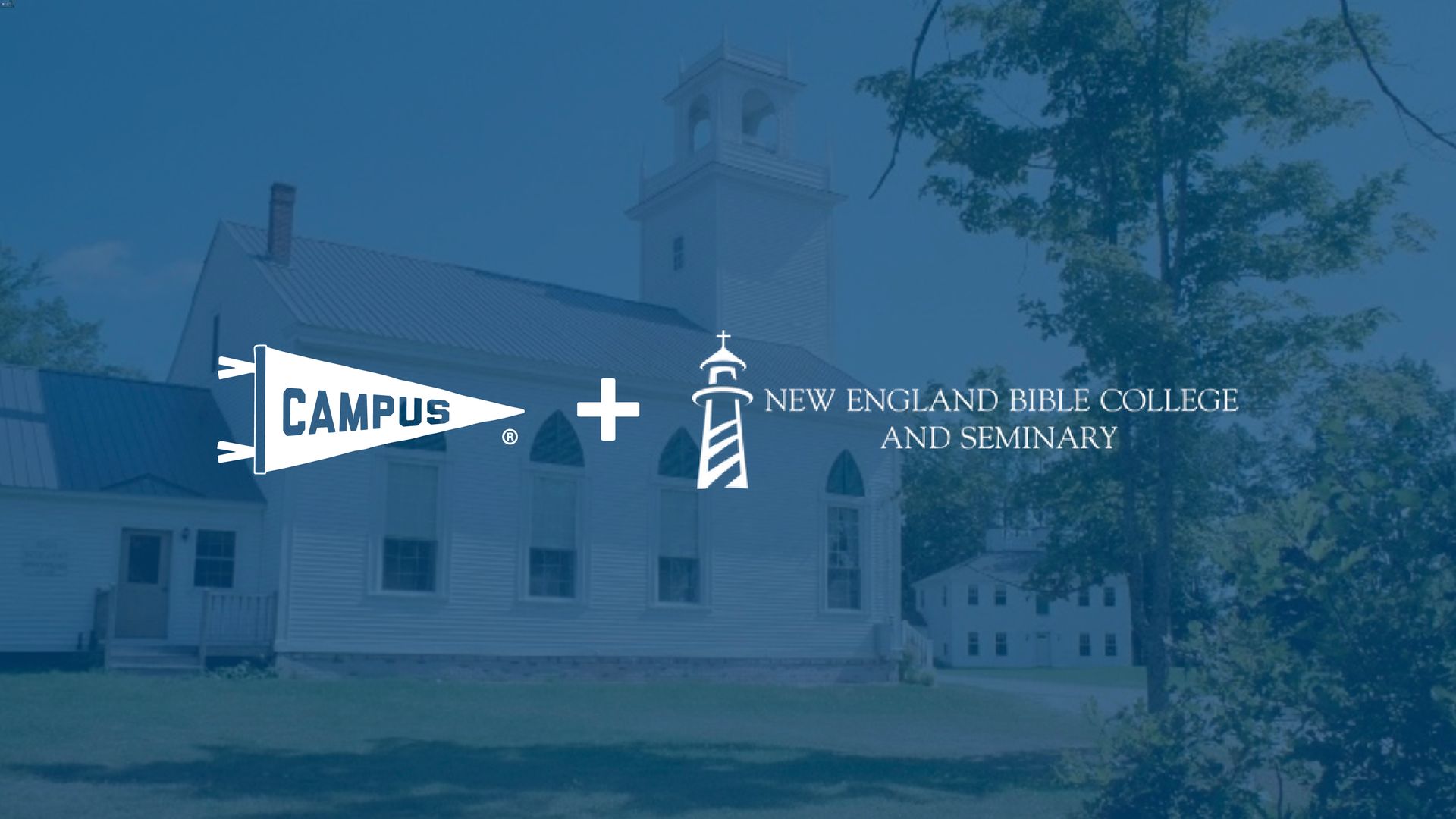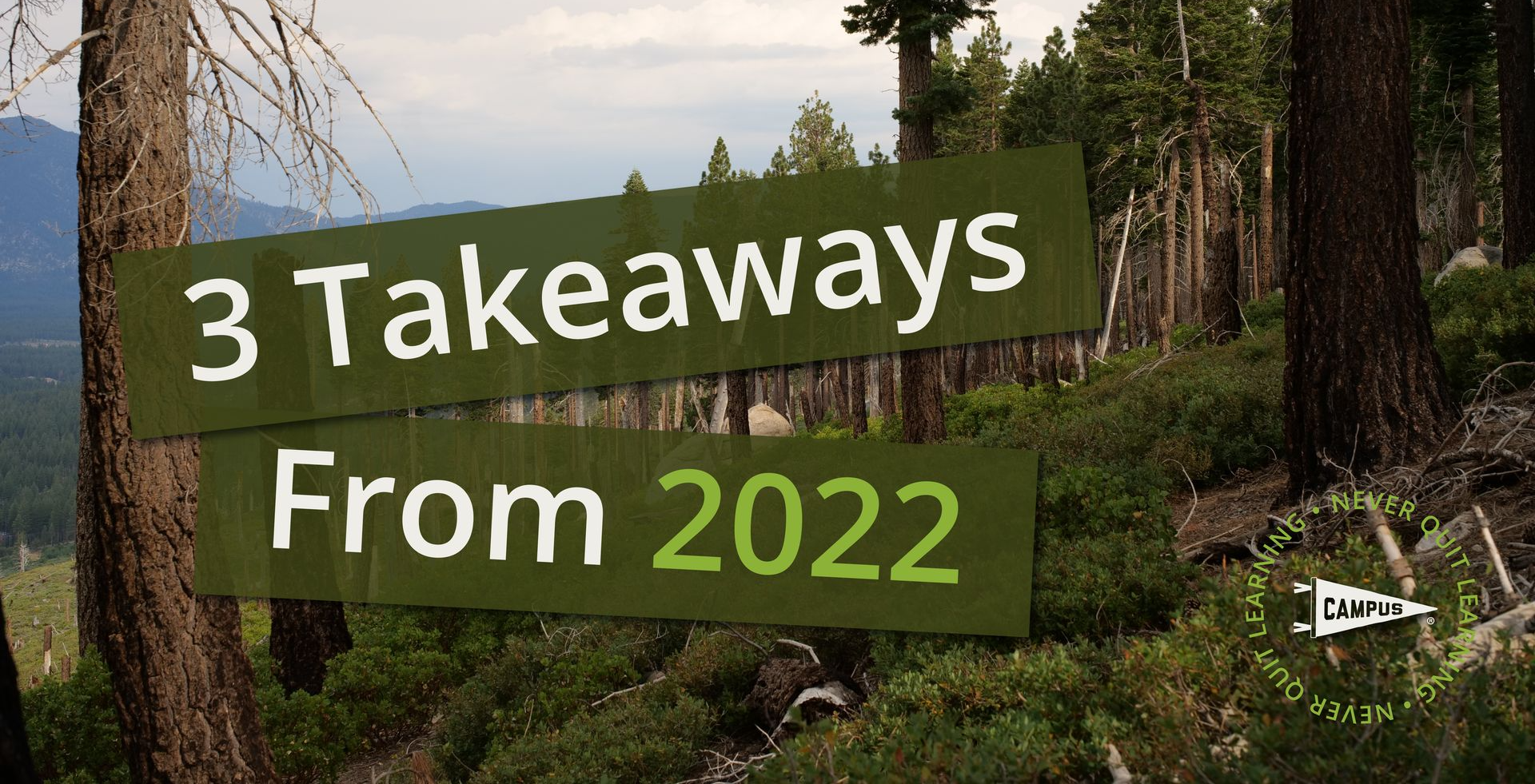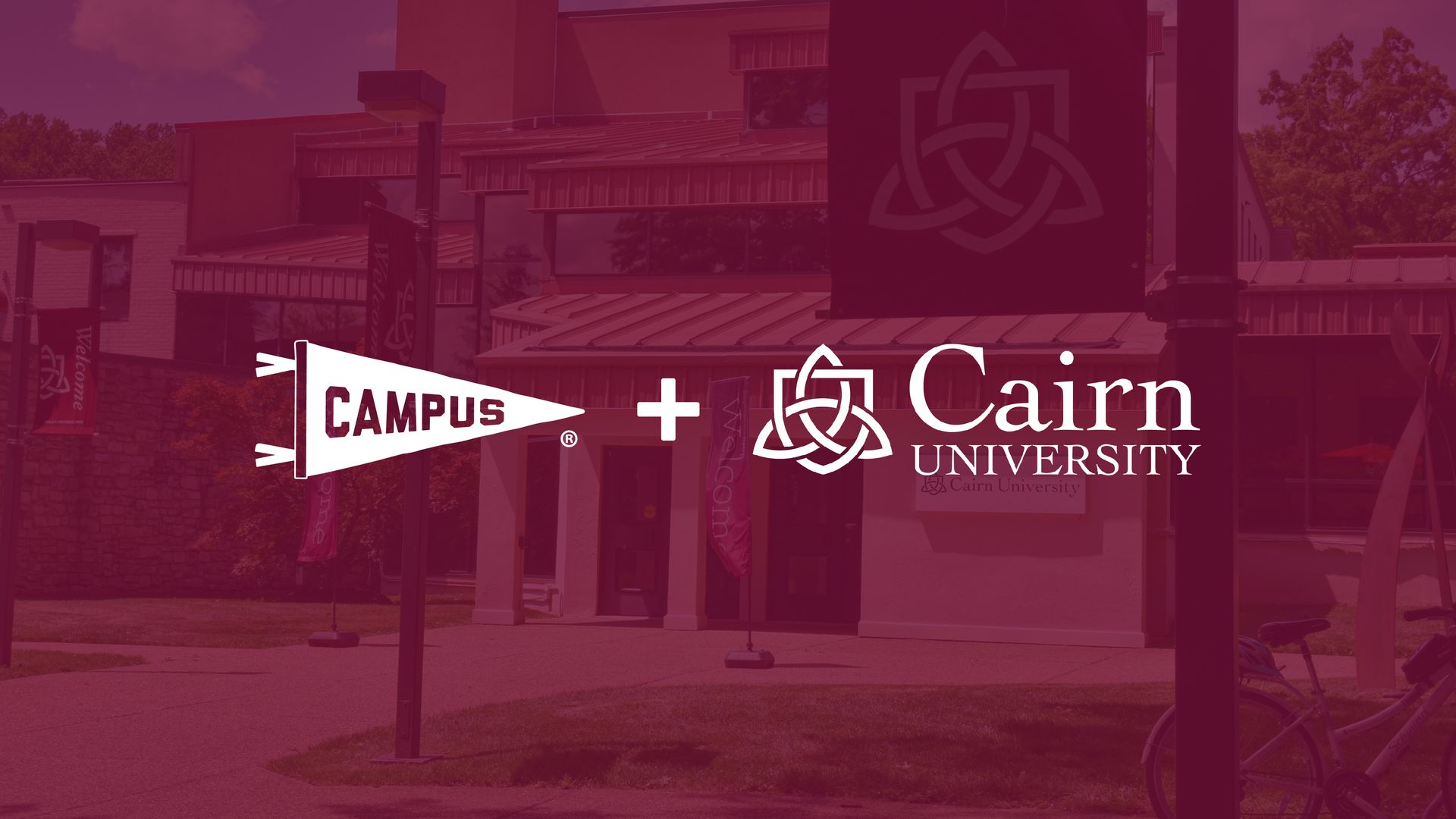Lessons From The Farm: Part 1
Eric Currie
April 5, 2022

A photo of my daughter on our family farm in eastern Canada
Lessons From The Farm: Part 1
Written by: Eric Currie
When I was growing up on the farm in eastern Canada one of the constants was preparing for winter. We all knew the frigid weather was coming when we would no longer have access to food and needed supplies for our dairy cattle. We had to ensure we had enough hay/grain/corn stored to enable us to not only survive winter but to thrive during the season. I can remember how we worked in the springtime to be more efficient planting crops through new machinery and data metrics that allowed us to know the best years to rotate fields- when to plant crops and when to optimize the harvest.
These new innovations changed the game for our local farm, allowing us to work more effectively and timely. At first, my dad was skeptical of these new innovations thinking he knew the land best. However, through the encouragement of my brother and others, he took small steps and quickly found out the advantages of these “New Ways”! The first winter the herd had less sickness and produced more milk than had previously been experienced during those barren months. He quickly moved to these “New Ways” the next spring and never looked back.

A photo of the winter season on my family farm
These lessons from the farm remind me of Higher Education. Since the economic crash of 2008, we have been in one of the most tumultuous seasons in our history. We have seen declining enrollments and massive change in student interest from degrees in the traditional 4-year options (education, history, pre-law…etc) to new degree options in the STEM area. We have also seen the continued acceleration of students wanting more accessible options in where, how, and what they learn. So just like my dad, colleges and universities have to choose how they will respond to change.
Will they only use older methods and feel their way through this moment, or will they look at the “New Ways” powered by technology?
I have been in higher education leadership for the past 23 years and 15 of those years in senior-level positions. During that time three questions kept bubbling to the top looking for a response:
1) How does your institution deal with under-enrolled courses/degrees and their financial impact? This is an extremely difficult question to answer for leadership teams. I know the business world would say: “Just make the change”, however in higher education, leaders must answer difficult questions with nuance. Can we adjust a faculty person's role? How do we deal with curriculum changes to degrees? Those of us in higher ed have heard all the horror stories of these changes and the turf wars that ensue.
For a school in a close-knit community, these changes can seem insurmountable. So how can this challenge be tackled? I have never met a higher ed leadership team that did not see the problem. The issue was if they had the will to make the change. The question asked above comes with many considerations, one of the most difficult being will it change the mission?
But I wonder, are there ways through collaboration and partnerships that schools could find an answer and still not sacrifice their mission? Could some current degrees be modified to still provide opportunities but better complement a financial plan that works for all parties involved? How do you plan to deal with this opportunity? What solutions do you see? This does not have to be a roller coaster (when the ride is too difficult you simply close your eyes and wait for the end!)
2) Is your institution investing in technology in ways that enable you to connect with and keep the students of this generation? I was recently at a financial officer’s conference and was able to have a conversation with auditors who review the financial records of colleges/universities. We had a wide-ranging discussion. One of their discoveries is that most institutions are not responding to the deferred maintenance issue on their campuses (physical building and their deterioration). I followed up this observation with a question: How are these same schools dealing with the area of technology? The senior auditor looked at me and replied: “They are not investing at all in the needed infrastructures and will likely be caught flat-footed by what is coming from more innovative institutions?”
So, let me ask you: Have you resourced your IT team with enough staff and budget to fully operate your Learning Management System (LMS), Customer Service Management, Advancement software, Financial Aid software, social media, website, alumni, and partnership connection systems? If residential is your primary focus, you must have a robust IT area. Students coming to us today are the YouTube/Apple generation. If schools do not soon adjust their budgets to meet these realities it is going to be very difficult for them to compete.
For example, I worked with a school that was utilizing four different systems to communicate to prospective students during the admissions process (the reasoning was cost). However, we could not properly track our communication stream with the prospective students. We had times when students did not receive timely information, or we over-communicated, which made us look incompetent. All the while our competition had a seamless CRM enabling them to provide timely and effective responses. This is one small example of an even bigger concern! So what does your investment look like in people, systems, and partners to meet this new reality?
3) How can your institution recruit and build future enrollment capacities? The traditional pipelines for recruitment are going through unparalleled tumult and they are providing fewer students to the market. In certain parts of the country, the demographic trough is leading to leaner sources to recruit than in years past. The old model was purchase names and if you did not reach your enrollment goals that year you increase to more names. So do you know where your students come from and why? If you cannot answer these questions, I would suggest an internal deep dive to understand your enrollment reach.
I remember one team that I was a part of purchasing names for leads. We spent hundreds of thousands of dollars and each year the vendor would celebrate adding five students through this process. The school needed to be enrolling 300+ new students and this was one of the opportunities to try and achieve the goal.
A suggestion for the budget marker is that whatever % you spend to achieve it should help you to the goal. So if you spend 40% of your budget, then it should at least achieve 40% of your goal…this was extremely short of goal! In my initial team meeting we raised the question- is this a positive number? We all knew the answer: of course, it wasn’t.
One team member suggested a deep dive concerning our traditional partners. What we discovered is that our previous pipelines had begun to walk away from us because we had adjusted money away from those relationships. We immediately started a campaign to rebuild engagement with those partners. One of those was a nearby private school that sent half a dozen students every year and now was sending zero students to us. I reached out to the school, met with the leaders, and found out what was necessary to build more effective communication with them. Over the next two years, they sent 18 students to us. The cost was only in the thousands of dollars, and we met our bigger goal each year because of following the data/metrics, and new communication tools to help reestablish old partners and develop new relational sources for students.
How are you answering
these questions? Are you willing to embrace these “New Ways” or are you content with staying the same? Next week, I will share some ways you can respond to these considerations by engaging a “Platform” and how it can expand your possibilities! I’m cheering you on!
The Campus Blog
